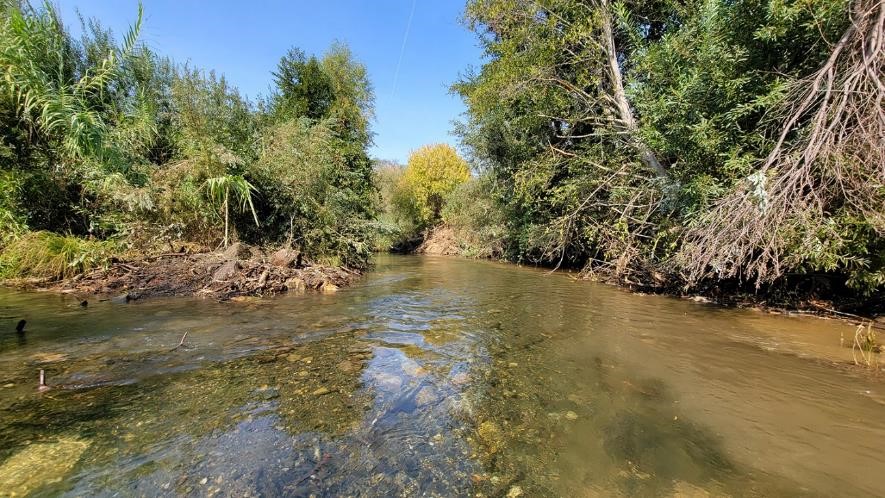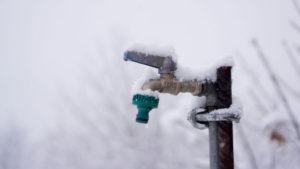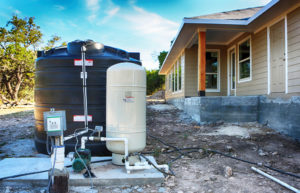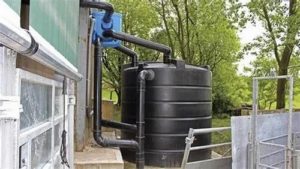Effective management of creek water usage is important to ensure the long-term health and sustainability of our aquatic ecosystems.
With growing population pressures, climate change, and limited water resources, it’s essential that we adopt conservation practices that minimize waste, reduce consumption, and protect this precious resource.
By implementing efficient irrigation systems, monitoring water levels, and engaging in sustainable land management practices, we can ensure the continued health of our creeks and surrounding ecosystems for future generations.
We’ll explore practical tips and strategies for managing creek water usage and adopting conservation-minded practices that benefit both people and the environment.
Assess your water needs
Before you start using creek water, assess your needs and determine how much water you actually need. This will help you avoid wasting water and reduce your overall usage.
This will help you avoid wasting water and reduce your overall usage.
To start, consider the purpose for which you plan to use the creek water.
Will you be irrigating crops, watering livestock, or just simply drinking it?
Depending on the answer, you may need more or less water.
Consider the amount of water you already have access to, such as rainwater or a nearby well.
By taking inventory of your current resources and estimating your future needs, you can avoid using more water than necessary.
Remember, every drop counts, so be intentional with your usage and conserve as much as possible.
With a little planning and forethought, you can use creek water responsibly and efficiently, ensuring it’s available for future generations.
Implement water-saving technologies
Install low-flow fixtures and appliances, such as toilets, showerheads, and faucets, to reduce water usage.
Installing low-flow fixtures and appliances is an effective way to minimize water usage in your home.
Toilets, showerheads, and faucets are the biggest water-users in the household, and by replacing them with low-flow models, you can significantly reduce your water consumption.
For instance, low-flow toilets use up to 20% less water per flush, while low-flow showerheads can save up to 40% of water per minute.
Look for fixtures and appliances that have the WaterSense label, which indicates that they meet EPA standards for water efficiency and performance.
By installing low-flow fixtures and appliances, you can save up to 20,000 gallons of water per year, depending on your household size and water usage.
This not only helps to conserve water, but it also reduces your water bills and helps to protect the environment.
Use rainwater harvesting
Collect and store rainwater for non-potable uses such as flushing toilets, washing cars, and irrigation.
Collecting and storing rainwater is an excellent way to reduce your water bill and rely less on municipal water supplies.
You can harvest rainwater from your rooftop using a gutter system and store it in a designated tank.
The collected rainwater can then be used for non-potable purposes such as flushing toilets, washing cars, and irrigating your garden or lawn.
By using rainwater for these purposes, you can significantly reduce your water consumption and lower your overall water bill.
In addition to the financial benefits, collecting and storing rainwater can also have a positive impact on the environment.
By reducing your reliance on municipal water supplies, you can help to conserve water and reduce the strain on our water resources.
Moreover, using rainwater for non-potable purposes can help to reduce the amount of treated water that is wasted through methods such as watering lawns and gardens.
Overall, collecting and storing rainwater is a simple yet effective way to reduce your water consumption, lower your water bill, and help protect the environment.
Improve irrigation efficiency
Use drip irrigation or sprinkler systems that are designed to deliver water directly to plants, reducing evaporation and runoff.
Use drip irrigation or sprinkler systems that are designed to deliver water directly to plants, reducing evaporation and runoff.
Drip irrigation is an efficient and effective method of watering plants, as it delivers water directly to the roots of the plants, minimizing evaporation and runoff.
This type of irrigation system involves placing tubes or pipes beneath the soil surface, and emitting water directly into the soil at the base of the plants.
Sprinkler systems, on the other hand, use a network of pipes and sprinklers to distribute water over the soil surface, but they can be more wasteful and prone to evaporation.
Both drip irrigation and sprinkler systems can be customized to meet the specific needs of your garden, and they can help to reduce water waste and improve the health of your plants.
By using a drip irrigation or sprinkler system, you can ensure that your plants receive the right amount of water at the right time, without overwatering or underwatering.
These systems can help to improve soil quality and reduce the need for fertilizers and pesticides, making them a great investment for any gardener looking to optimize their water use and plant health.
Monitor water usage
Keep track of your water usage and monitor it regularly to identify areas where you can make improvements.
Keeping track of your water usage and monitoring it regularly is important to identifying areas where you can make improvements.
By tracking your water usage, you can determine how much water you’re using and identify patterns of usage that may be wasteful or inefficient.
For example, you may find that you’re using more water than necessary for showering or washing clothes.
By monitoring your water usage, you can identify these areas and make changes to reduce your usage.
By regularly monitoring your water usage, you can track the effects of any changes you make and ensure that you’re on track to meet your water-saving goals.
This can help you save money on your water bill and reduce your environmental impact.
Use mulch
Apply mulch to soil to reduce evaporation, suppress weeds, and improve soil health.
Applying mulch to soil is an effective way to reduce evaporation, suppress weeds, and improve soil health.
The mulch layer helps to retain moisture in the soil, reducing the need for frequent watering.
This is especially beneficial in regions with hot and dry climates, where water can quickly evaporate from the soil surface.
The mulch layer acts as a barrier to weed growth, preventing them from competing with your desired plants for water and nutrients.
As the mulch decomposes, it also improves soil health by adding organic matter and beneficial microorganisms.
This can improve the soil’s structure, increase its water-holding capacity, and provide essential nutrients for plant growth.
Overall, applying mulch to soil is a simple yet powerful practice that can significantly enhance the health and productivity of your garden or landscape.
Install aerators
Install aerators in your faucets to reduce water pressure and flow rate, saving water and energy.
By installing aerators in your faucets, you can significantly reduce water pressure and flow rate, which not only saves water but also energy.
Aerators are simple devices that fit onto the ends of your faucets and mix water with air to create a smooth, consistent flow.
This results in a reduction in water pressure and flow rate, which means less water is wasted and more energy is saved.
In fact, according to the U.S.
Environmental Protection Agency (EPA), installing aerators in your faucets can save up to 50% of the water used for washing hands and up to 40% of the water used for showering.
By reducing water pressure and flow rate, you can also prolong the life of your faucets and plumbing system.
So, not only will installing aerators save you money on your water bill, but it will also help protect the environment and save you money on costly repairs down the line.
Replace water-intensive plants
Replace water-intensive plants with drought-tolerant species that require less water, such as succulents and cacti.
One of the simplest and most effective ways to reduce your garden’s water usage is to replace water-intensive plants with drought-tolerant species that require less water.
Succulents and cacti are ideal alternatives to traditional garden plants, as they are naturally adapted to survive in arid conditions with minimal water input.
Not only do they require less water, but they also thrive in the intense sunlight of a hot and dry climate, making them perfect for gardeners looking to reduce their water usage and maintenance needs.
For example, you can replace your lawn with a variety of succulents such as agave, echeveria, and aloe vera, which require minimal watering and can still provide a beautiful and colorful landscape.
Similarly, cacti such as prickly pear, saguaro, and hedgehog can add unique and interesting texture to your garden while requiring only occasional watering.
By replacing water-intensive plants with drought-tolerant species, you can enjoy a vibrant and thriving garden while also doing your part to conserve water.
Want More? Dive Deeper Here!
Hey there! If you’re the type who loves going down the rabbit hole of information (like we do), you’re in the right spot. We’ve pulled together some cool reads and resources that dive a bit deeper into the stuff we chat about on our site. Whether you’re just killing time or super into the topic, these picks might just be what you’re looking for. Happy reading!
- Sustainability at Facilities Management – Water Conservation | Facilities Management | Colorado State University
- Levin College of Public Affairs and Education | Cleveland State University
- Expert insights on sustainable freshwater management: A perspective on World Water Day – The NAU Review
- Water Management – Longwood University
- Water & Sustainable Sites | Sustainability | University of Nebraska Omaha






